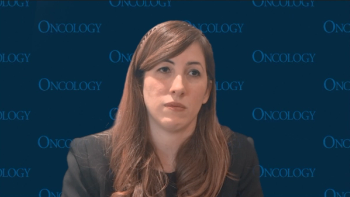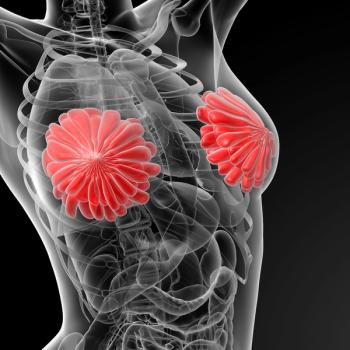
- ONCOLOGY Vol 14 No 3
- Volume 14
- Issue 3
Commentary on Abstract #3116
Hairy cell leukemia is one of the success stories of hematologic oncology. The purine analogs cladribine (Leustatin) and pentostatin (Nipent) are similarly active, with responses in more than 90% of patients, including 65% to 85% CRs
Hairy cell leukemia is one of the success stories of hematologic oncology. The purine analogs cladribine (Leustatin) and pentostatin (Nipent) are similarly active, with responses in more than 90% of patients, including 65% to 85% CRs (Grever et al: J Clin Oncol 13:974-982, 1995; Saven et al: Blood 92:1918-1926, 1998; Cheson et al: J Clin Oncol 16:3007-3015, 1998; Kreitman and Cheson: Hematology 4:283-303, 1999) Whether patients are cured is controversial, since more than 30% will relapse with prolonged follow-up. Relapses are often silent, but when retreatment is needed, patients may experience a durable response to the same or the alternate purine analog.
However, a few patients (often those with hairy cell variants) do not respond to initial therapy, and others either relapse after an initial response or cannot tolerate purine analog therapy. New treatment approaches are needed for these patients. Recently, Kreitman et al (Blood 94:3340-3348, 1999) treated four patients who were resistant to both interferon and cladribine with LMB-2, a recombinant immunotoxin that targets CD25. Major responses occurred in all patients, with the single CR lasting longer than 11 months.
At the ASH meeting, Thomas et al (abstract #3116) reported their preliminary experience with eight weekly doses of rituximab in 10 patients with hairy cell leukemia, 2 of whom had refractory disease and 8 of whom had relapsed following a median of three prior therapies, including cladribine. Among the 9 patients who were evaluable for response, there were 3 CRs, 2 CRs with minimal residual disease, and 1 PR. Follow-up was too short to determine the durability of those responses.
Whether rituximab plays a major role in the treatment of hairy cell leukemia will require further study. However, since the mechanisms of antibodies differ from those of the purine analogs, rituximab should be considered earlier in the treatment of patients with hairy cell variants.
Articles in this issue
almost 26 years ago
FHIT Gene, Smoking, and Cervical Canceralmost 26 years ago
IOM Medical Error Estimates Questioned, But Legislation Consideredalmost 26 years ago
Less Toxic Therapies for Hodgkin’s Disease May Reduce Secondary CancersNewsletter
Stay up to date on recent advances in the multidisciplinary approach to cancer.














































































